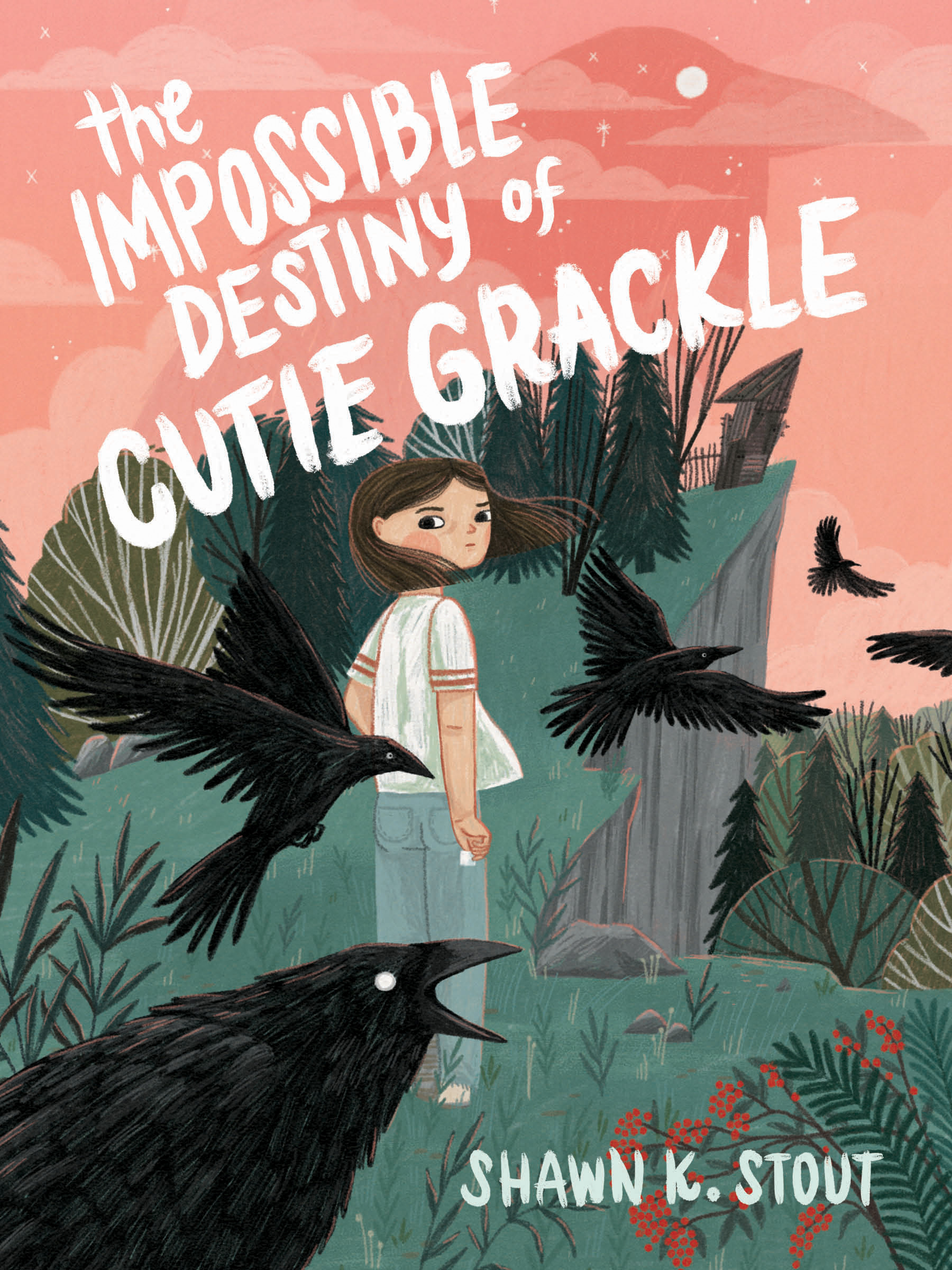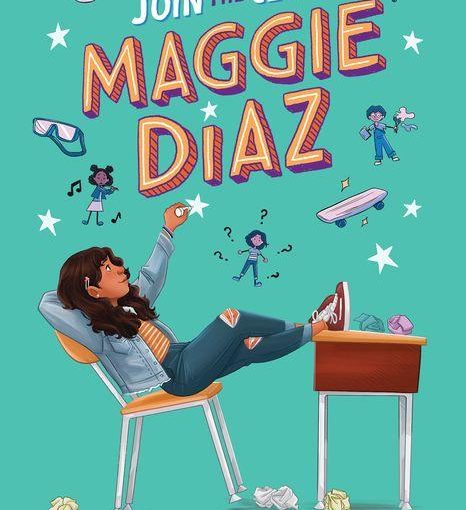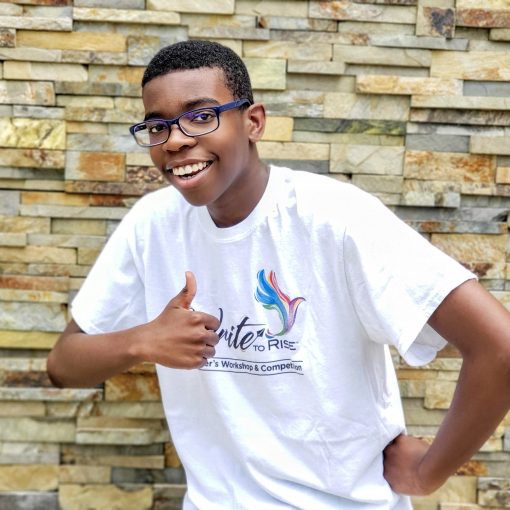There are two kinds of writers—those who enjoy revision, and those who would rather eat a plate of mulch. I am the first kind of writer. (Besides, I’m allergic to mulch). There’s something very satisfying about solving problems, fixing plot points, and improving sentences—reshaping what’s already on the page. Unlike writing a first draft, where it often feels like I’m stuck in a dark cave without a lantern, trying to figure out which way to go.
I realize not everyone feels so endeared to revision. When I do school visits and mention my love for revising, I get a lot of concentrated groans from the kids. I get it. I didn’t always feel this way. For a long time, I was afraid of revision. I’d get a visceral reaction—a sick feeling of dread in my stomach—when an editorial letter from my editor arrived in my inbox. After reading the list of things that needed to be changed in my manuscript, I would oscillate between devastation and indignance.
After all, when we write books, we are creating worlds. We are creating actual people. Okay, not actual people. But characters who resemble actual people. We make them do terrible or wonderful things. We make them talk to each other. We give them voice! It takes an immense amount of effort over such a long time to tell their story, and when we finally get to the end, what do we do? We hand it over to someone—whether it’s a critique group, an agent, or an editor—to judge it. It’s as if we say, “Here you go, here is my beautiful, complex child that I created and shaped, now go ahead, have at it, tell me all of its shortcomings. Go on, tell me how ugly it is and where I failed.”
Thankfully, I no longer feel that way about revision. As I said, I’ve learned to enjoy it, because it is an essential part of the writing process. The hardest part of revision is ignoring the feelings of devastation and indignance, and overcoming the resistance to doing what feels impossible—not only revising but re-envisioning your original story idea.
Don’t get me wrong, it isn’t easy. It takes guts. And grit.
My new book, The Impossible Destiny of Cutie Grackle, went through an extensive re-envisioning process. This book is about a 10-year-old girl named Cutie Grackle, who lives on top of a mountain in West Virginia. She lives with her bewildered uncle Horace, who doesn’t really take good care of her. They rely on the local food pantry for food, and Horace disappears for days at a time. Cutie is lonely, hungry, and wants to find out what happened to her parents. All Uncle Horace has told her about them is that they were cursed, and they’re never coming back. Never coming back. She hates the very idea. But things begin to change when a flock of ravens visits her and bring her trinkets that hold memories of her family’s past. Cutie learns not only that the curse is real, but that it’s her destiny to break it.
My original story idea, though, was quite different. I had envisioned a dark, epic tale of a family that had been cursed over generations by a flock of magical ravens (each with an intricate backstory), until one particular raven decided to help a lonely, hungry girl undo the past. I had three storylines going at once—one in the past about Uncle Horace, one in the present about Cutie’s quest for her destiny, and a magical one about the ravens that overlaid the other two.
Sounds confusing, doesn’t it? My agent and my critique group thought so, too.
I needed to simplify my story, they said. So, I asked myself, what is the essence of the story that I’m trying to tell? After much thought, the answer turned out to be this: At its core, it was Cutie’s story—a lonely girl, hungry for both food and family, who goes on a quest to break a curse and bring back her parents. So, I had to do the impossible—let go of my original idea, the dark, epic tale of three stories.
Here’s the thing about ideas—they aren’t all good. Especially the first ideas. Neurologist David Eagleman says that our brains are wired for efficiency, so the first idea we have may be the handiest idea, but it’s not our best. The best idea takes a bit more work to uncover.
So, I overhauled my manuscript and re-envisioned the structure of the book with new ideas, deleted most of the ravens’ and Uncle Horace’s storyline, and focused on the heart of the story—Cutie. Still, it wasn’t right. I knew what I wanted to happen and where I wanted the story to end up, but I didn’t know the best way to get there. I had to re-envision the story again and keep writing to find the right way.
Although it felt impossible at times, after each revision, I found that I knew more about my story, and each time I revised I caught a glimpse of something deeper, richer just underneath. If I dug a bit deeper I believed I’d be able to uncover it and find the story that wanted to be told. It took eleven re-envisionings over six years, but now, holding the finished book in my hands, I know that what feels impossible often isn’t.
Meet the author
Shawn K. Stout is the author of many acclaimed books for young readers, including the Penelope Crumb series, the Not-So-Ordinary Girl books, and the historical novel, A Tiny Piece of Sky . Her new middle grade novel, The Impossible Destiny of Cutie Grackle , will be in bookstores in May 2022. Shawn is a science writer at the National Institutes of Health and holds an M.F.A. in writing from Vermont College of Fine Arts. She lives with her family in Maryland. Visit her at www.shawnkstout.com, or follow her on Twitter and Instagram @shawnkstout.
About The Impossible Destiny of Cutie Grackle
Do you believe in impossible things? Cutie Grackle does. She has to. Otherwise, she’ll never be more than a lonely 10 year old in a cursed family.
Cutie Grackle is used to being different—she lives alone on a mountain with her feeble-minded uncle, and when she’s not sucking pebbles to trick her stomach into feeling full, she’s chatting with a weathered garden gnome for company. But having a flock of ravens follow you is more than just different. Cutie worries the birds are connected to the curse Uncle Horace tends to mutter about. And she’s right.
The ravens present her with a fortune from a cookie, and when she touches it she’s pulled into a vision from her family’s past. It involves the curse and her long-lost mother. The birds offer up a series of objects, each imbued with memories that eventually reveal Cutie must do what her mother could not: break the curse.
Part outdoor survival adventure, part fantastical quest, Shawn K. Stout’s The Impossible Destiny of Cutie Grackle is a journey of hope, heart, and a willingness to believe in the impossible.
ISBN-13: 9781682633205
Publisher: Holiday House
Publication date: 05/31/2022
Age Range: 8 – 12 Years





